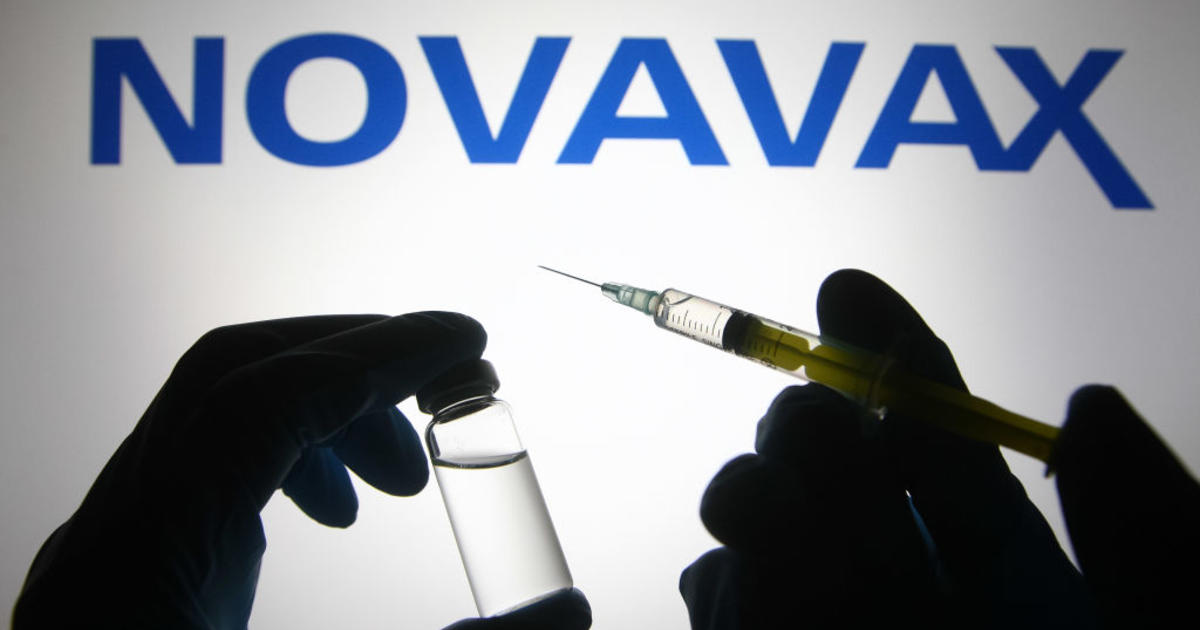The Food and Drug Administration announced Tuesday it had authorized Novavax’s updated COVID-19 vaccine, adding a third option for Americans ages 12 and older looking for a new shot this fall and winter.
Novavax’s updated shot has been redesigned to target the XBB strains of the virus, similar to the revised formulations from Moderna and Pfizer that were approved last month. The Moderna and Pfizer vaccines are both based on mRNA technology, while Novavax takes a different approach.
“Novavax’s authorization today means people will now have the choice of a protein-based non-MRNA option to help protect themselves against COVID-19, which is now the fourth leading cause of death in the U.S.,” Novavax’s CEO John Jacobs said in a statement.
Closely related descendants of the XBB variant remain the dominant strains of coronavirus circulating nationwide, the Centers for Disease Control and Prevention says.
The FDA’s authorization is the last major regulatory hurdle before Novavax’s new shots can be rolled out.
“Today’s authorization provides an additional COVID-19 vaccine option that meets the FDA’s standards for safety, effectiveness and manufacturing quality needed to support emergency use authorization,” Dr. Peter Marks, director of the FDA’s Center for Biologics Evaluation and Research, said in a release.
At their meeting last month, CDC officials told the agency’s Advisory Committee on Immunization Practices that they would not need to reconvene in order to expand recommendations to include Novavax.
The authorization also marks the first time many previously vaccinated Americans will be eligible to get a shot of the protein-based Novavax vaccine, which the company has touted as a “traditional” alternative to Pfizer and Moderna.
Previously, Novavax was only authorized as a first booster dose for people who were unwilling or unable to get an mRNA shot.
When will Novavax’s COVID vaccine be available?
Novavax says it has “millions of doses” of its vaccine in the U.S., which will be shipped “in the coming days” once the FDA signs off on each batch.
The company says that doses will be available “at thousands of locations” including national chain drug stores and doctors’ offices.
“Once batches are released, we will immediately ship and are working to have product on shelves and ready for administration immediately,” a Novavax spokesperson said.
Shots will also be available through the federal Bridge Access and Vaccines for Children program “in the coming days” from Novavax, the company said.
For younger children, the company told investors in August that it does not expect authorization of its vaccine until next year.
Why was Novavax’s COVID vaccine late?
Authorization of Novavax’s shots comes later than the vaccinemaker had hoped. The company’s executives previously said they were planning to be in the U.S. market “by September.”
It is not clear why Novavax’s shot was greenlighted by the FDA later than Pfizer and Moderna.
Cherie Duvall-Jones, an FDA spokesperson, said the authorization “was based on the submission made to the agency by the vaccine manufacturer” and directed further questions to Novavax.
“Novavax worked closely with the FDA on this EUA to ensure that a protein-based option is part of the fall vaccine offering,” a spokesperson for Novavax said.
One possible reason could be the timing of the applications.
Moderna submitted applications to the FDA in March and July for their 2023-2024 formula, according to documents published by the agency. Pfizer’s were in February and June.
Novavax announced later in August that it had “initiated FDA submission” for their shots.
Officials had previously acknowledged that Novavax’s shots could take longer to update for this fall.
The FDA waited until June to lock in their pick for what variant should be targeted by the updated COVID vaccines, in hopes of bettering the odds that the vaccines would be a good match to what was circulating in the fall and winter.
At the time, both health officials and Novavax executives acknowledged that could prove a tight turnaround for non-mRNA vaccines, which take longer to make.
In contrast, picks for strains used in the other traditional protein-based vaccines used for the annual flu shot are made in March in order to allow enough time for approval and manufacturing.













